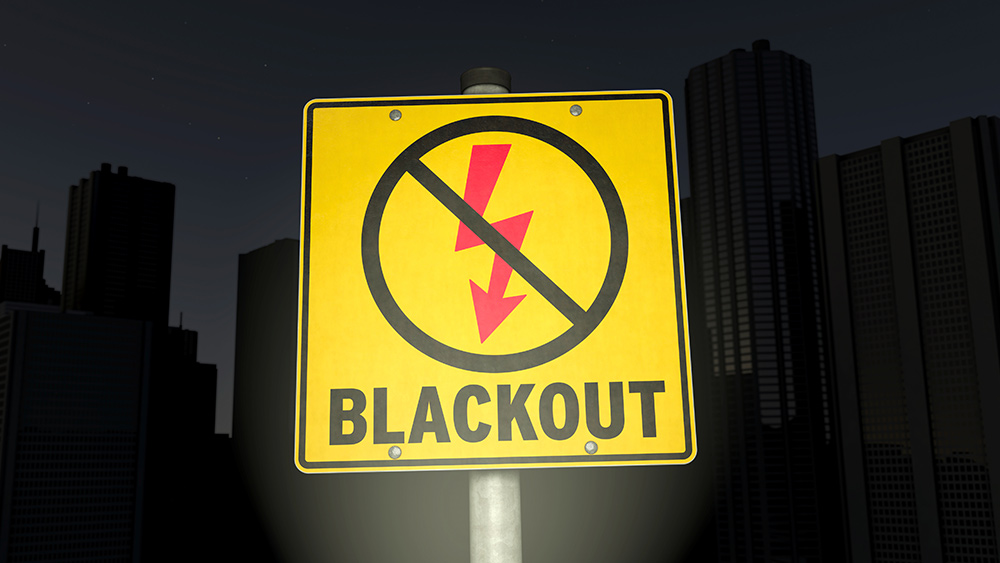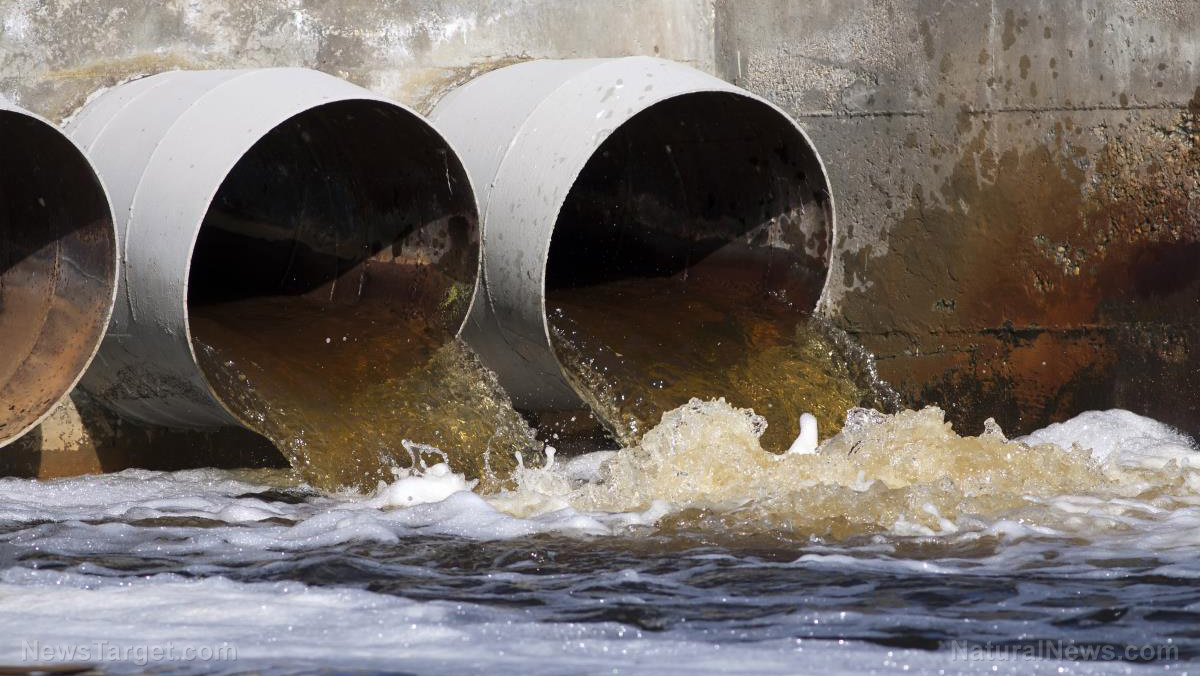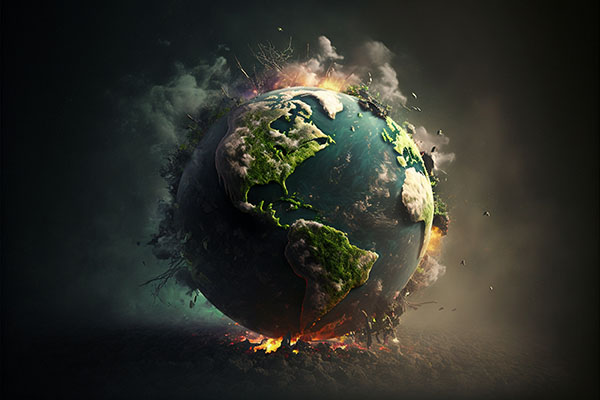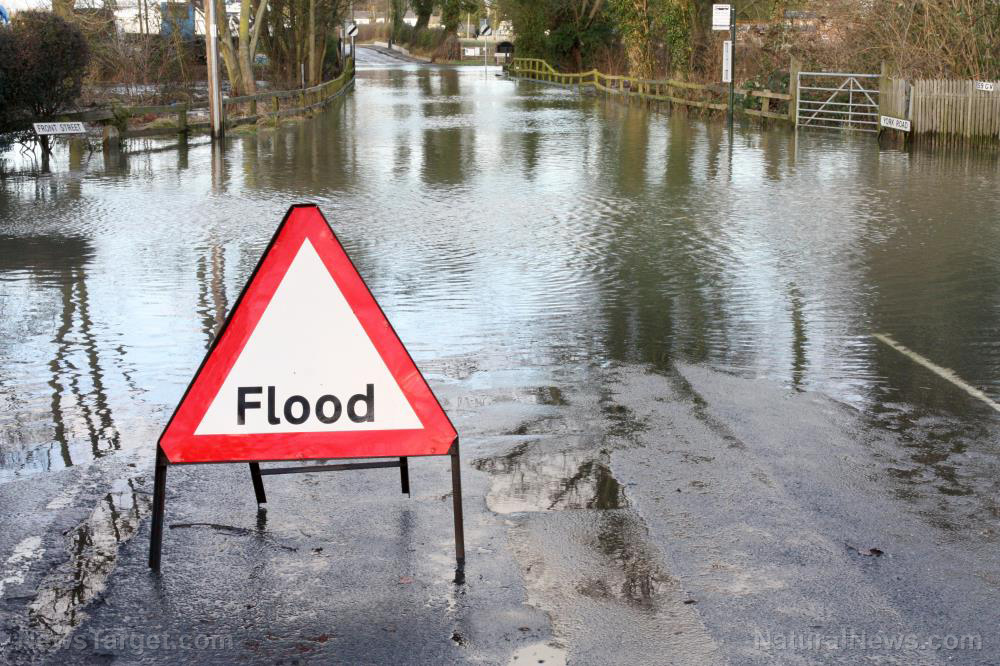Once-vibrant Sicilian tourist hotspot now turning away visitors due to severe water shortage
07/11/2024 / By Olivia Cook
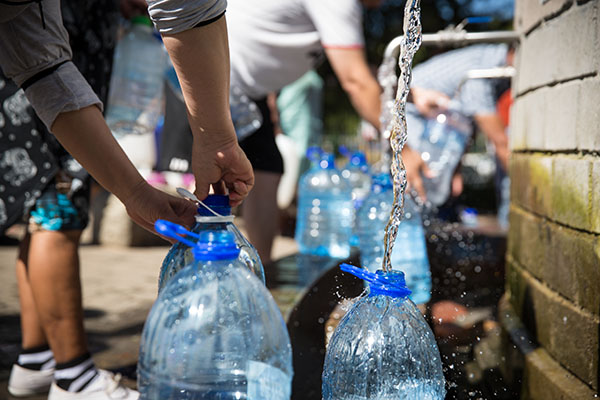
Agrigento, a wildly popular holiday destination in the southern Italian island of Sicily, has started turning tourists away due to a severe water shortage.
A charming coastal city in central Sicily, Agrigento is renowned for its archaeological sites, notably the Valley of the Temples, a sprawling, 3,200-acre archaeological site with eight temples built by Greek settlers between 510 and 430 B.C.
However, the arrival of thousands of tourists every year has made it difficult for the city’s residents to maintain their water supplies, especially since the city of 60,000 people still heavily relies on an ancient aqueduct system for water.
Agrigento’s water shortage has become so severe that small hotels and guesthouses are now forced to turn tourists away. They can’t provide basic amenities, such as flushable toilets or showers after a hot day of sightseeing.
In February, Sicily declared a state of emergency due to a severe drought as the lack of winter rainfall has strained reservoirs and inhabitants, leading to enforced water restrictions. Many towns are rationing water, providing it only every other day for farming and household use.
“Even making herbal tea or cooking pasta has become a chore,” said Maria Maneri, a student and waitress, who often has to carry heavy bags of filled water bottles.
“Water in Agrigento is like gold,” said Antonio, another resident who regularly fills tanks and bottles with water at the closest city fountain.
“Some people are now filling their bathtubs when water is available, so they have washing and cooking water ready when supplies are cut off,” said Federico Castronovo, a restaurant owner.
Agrigento’s old and leaky infrastructure makes the water problem worse. In Sicily, drinking water comes from underground aquifers, while water for crops is stored in large tanks were built after World War II. These systems depend on the winter rains that used to be common but are now rare.
“Since 2003, and especially in recent years, Sicily’s rainfall has dropped by over 40 percent. This has led to much less water being collected in our main reservoirs – affecting distribution,” says Giuseppe Luigi Cirelli, a professor at the University of Catania.
Cirelli also pointed out that the irrigation network hasn’t been maintained for 25 years, reducing reservoir capacity even when water is available. Adding to the problem, more people now live in the Catania area, Sicily’s second-largest city. The crisis has lowered the water table, making it harder for water to seep into the aquifers and reducing the amount of drinking water, Cirelli explained.
Over a million people across 93 communities in Sicily face water rationing orders, reducing consumption by up to 45 percent. Water supply is scheduled – often shutting off completely overnight and making it a challenge to have enough drinking water during the day.
Tourists are questioning whether visiting Sicily’s drought-stricken areas is worth it. Hotels warn clients about potential water shortages and help rebook accommodations in less affected regions of the island.
Historic water shortage threatening Sicilian agriculture
As Sicily battles this severe drought, the island’s economy and lifestyle are at significant risk. The water shortage affects not only tourism, but also the essential agricultural sector. The prolonged nature of the crisis has already become a disaster for agriculture, devastating crops and desiccating pastures.
Farmers, like 42-year-old Alessandro Scire, owner of 80 hectares of orange trees, which is about 40,000 trees, face severe challenges. Scire’s orange trees in the Plain of Catania are producing fruit too small to sell due to the lack of water. This problem threatens the entire citrus industry, which has deep historical roots in Sicily.
Sicily’s orange, lemon and mandarin trees, once grown to prevent scurvy among soldiers and exported worldwide, are now at risk.
“We’re angry and emotionally tested, but there’s nothing to be done against the forces of nature. It’s a disaster that grows and grows and grows. The oranges will probably be left on their trees. Too small for the market, they might yet be of interest to the processing industries, but they would have to be sold for less than their production cost. Thus, the fruits will continue to weigh down the branches, weakening their trees. The question is no longer how to limit the damage to this year’s harvest, but how the trees will survive the summer,” lamented Scire.
This drought impacts more than just citrus fruits. Durum wheat, olive crops, vegetables and vineyards are also suffering and livestock farmers are running out of hay. The drought has already made it difficult for many farmers to continue their work.
Donatella Vanadia, a veterinarian and agricultural business owner, has witnessed a severe drop in hay production due to the drought. Hay is crucial for cattle feed. “I estimate that hay production will be no more than 30 or 40 percent,” she said.
Harvesting weeds for hay is also difficult because of the unpredictable spring rains. The water shortages might result in cows producing less milk, having fewer calves, and, in extreme cases, more animals being sent to slaughter.
“The impact is massive, especially when combined with the challenges of previous years. The animals’ products are also affected since they don’t have the proper conditions. It’s a looming disaster,” Vanadia added.
The Sicilian government has recognized the water crisis and has plans to drill new wells, construct pipelines and restart desalination plants. However, they emphasize that more funds from Rome are needed to implement these solutions effectively.
Recently, the Italian government provided 20 million euros ($22 million) to help Sicily tackle the drought emergency.
Graziano Scardino, president of the Italian Farmers Confederation in Sicily, feels this funding is just a small part of what is needed.
“As of today, unfortunately, the state of emergency and even what is outlined in the regional plan are completely insufficient. Sadly, there is nothing that can compensate for the farmers’ losses; the damages verified today exceed one billion euros. We believe that, after the European elections, politics must intervene to ensure serious compensation measures and not just regulations that remain on paper,” said Scardino.
Watch this video discussing how Agrigento turns tourists away as the water crisis hits hard.
This video is from the Daily Videos channel on Brighteon.com.
More related stories:
8 Major U.S. water basins could be depleted by as much as 98% in the next 25 years.
WATER CRISIS INCOMING: Mexico City only months away from totally running out of water.
WATER WARS: Water is emerging as a focal point of conflicts from Ukraine to the Middle East.
Sources include:
Submit a correction >>
Tagged Under:
agriculture, Agrigento, big government, chaos, Climate, Collapse, crisis, disaster, Drought, Ecology, environment, Italy, panic, Sicily, tourism, water, water crisis, water rationing, water shortages, water supply, Water Wars, weather, weather terrorism
This article may contain statements that reflect the opinion of the author
RECENT NEWS & ARTICLES
COPYRIGHT © 2017 ENVIRON NEWS

